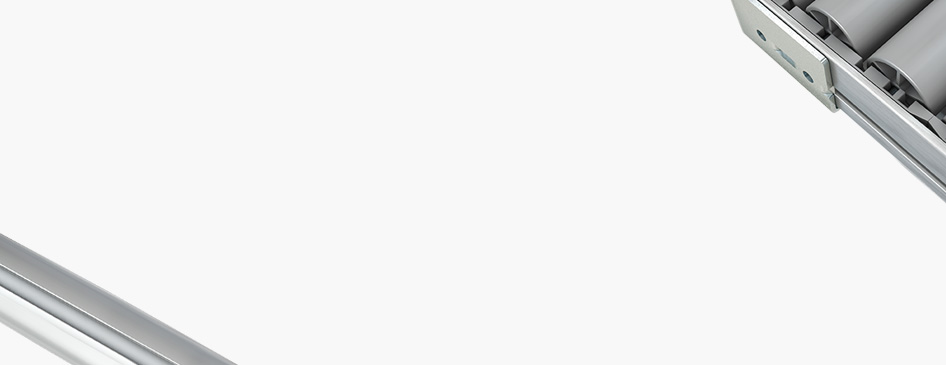
Choose one
or multiple languages
0,1,1
- German
- English
- Chinese
- Spanish
Foot rest
Foot rests can promote a more ergonomic sitting posture at sitting workstations, particularly when the table is not height-adjustable. They can help shorter people by effectively reducing the gap between the table top and the floor and enabling them to adopt an ergonomic sitting posture.
The disadvantage to foot rests is that they restrict Freedom of movement and can cause fatigue and circulatory problems in the legs, because they require a specific sitting position and impede dynamic sitting.
Foot rests should have a sufficiently large contact surface (45 centimetres wide, 35 centimetres deep). They must be adjustable in terms of both height (by at least 11 centimetres) and angle (5 to 15 degrees). Designs with rocking and swinging mechanisms improve circulation in the legs and can be used as movement trainers.
Foot rests at standing workstations enable users to change their posture, move their legs and relieve leg strain by standing on one while resting the other and alternating the standing and resting leg.
